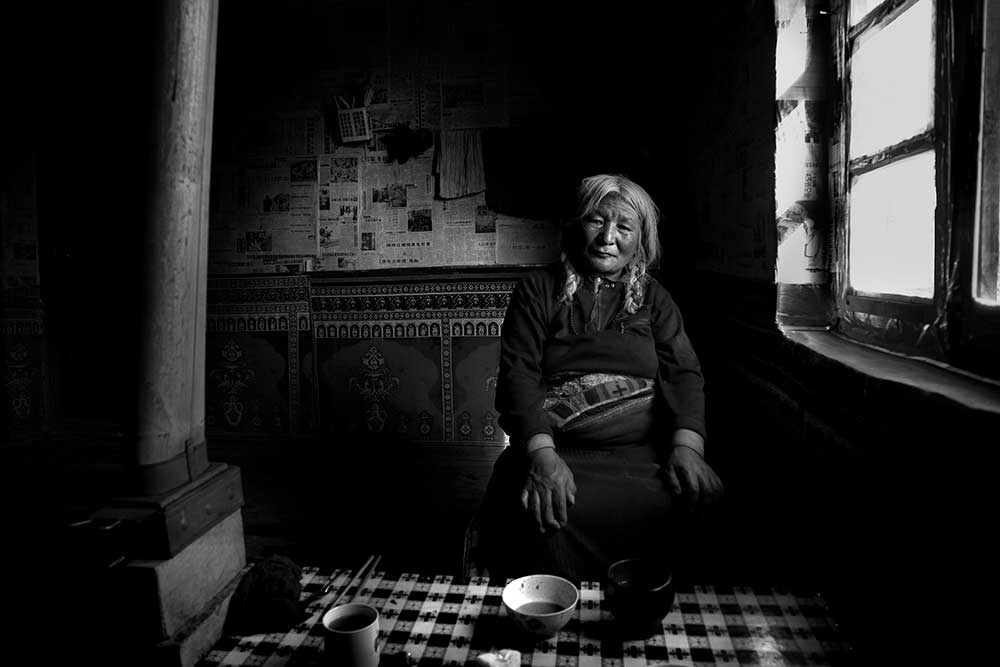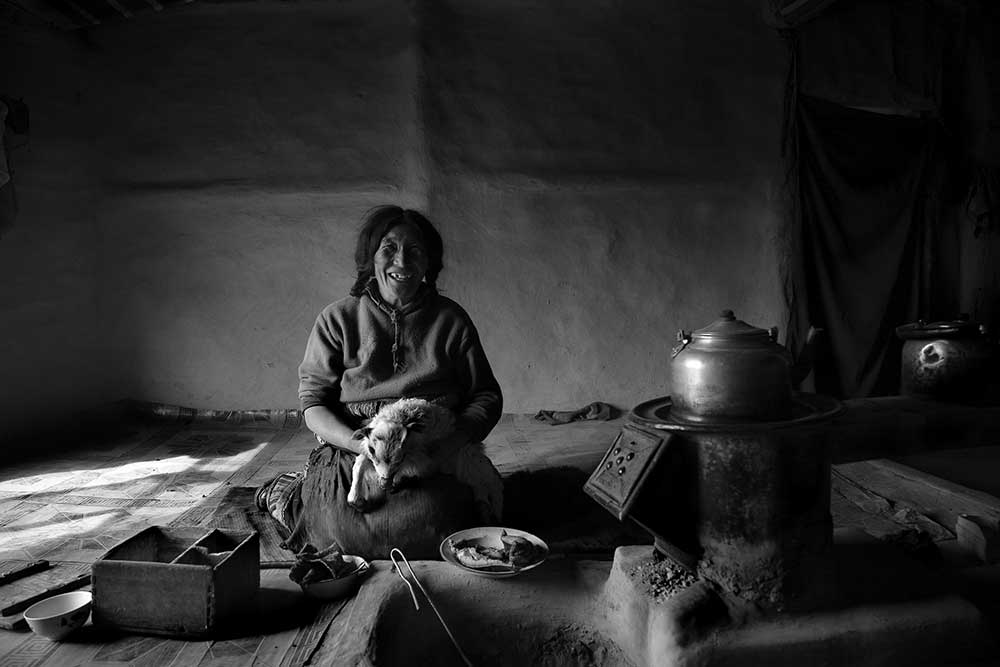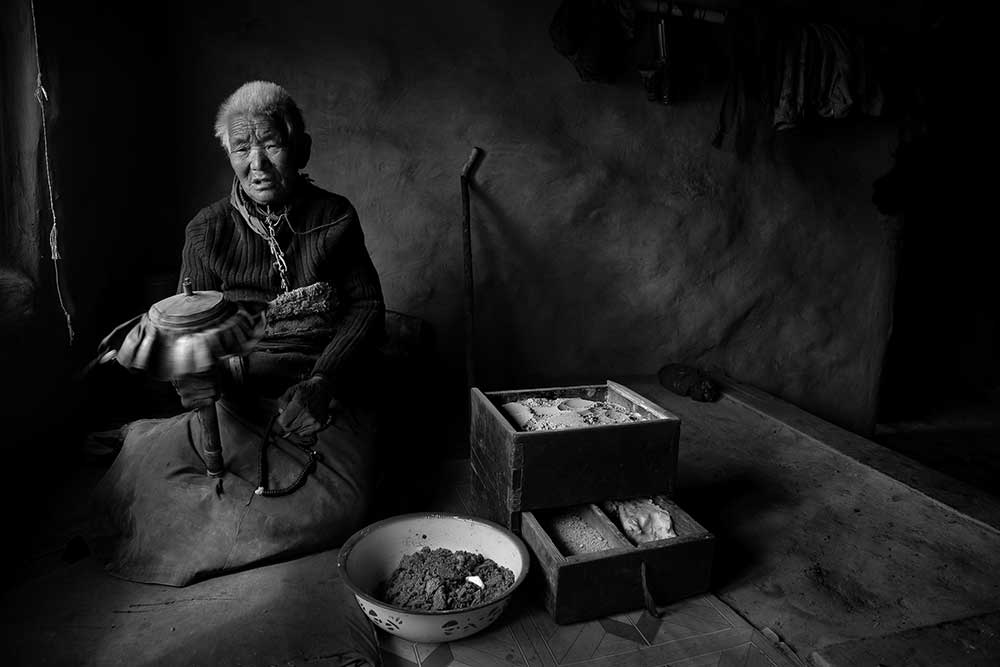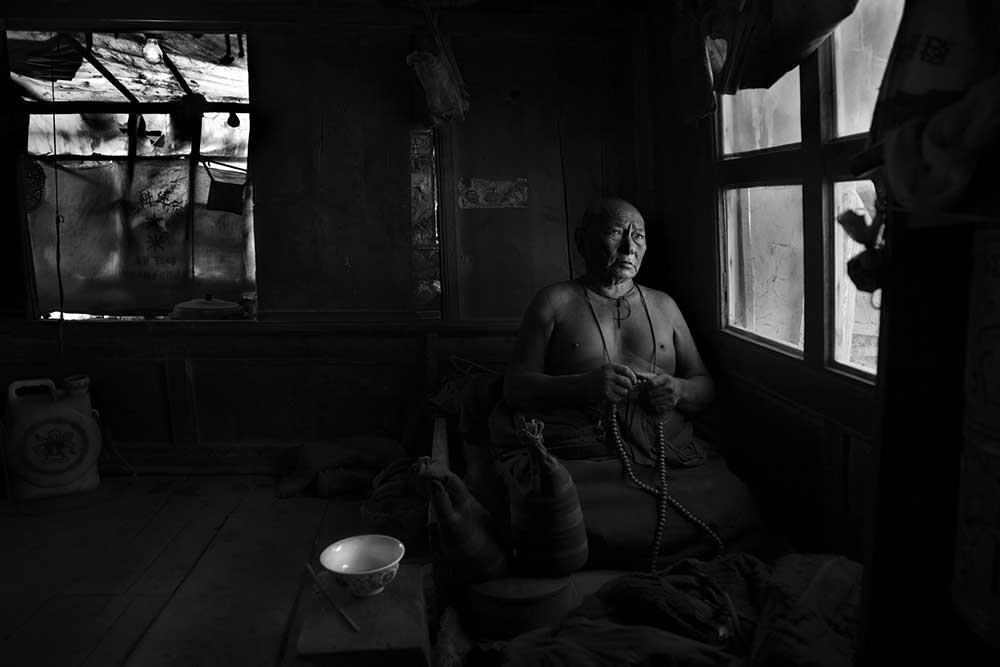Dr. Larry Louie is an optometrist in Canada and also a travel and documentary photographer who has managed to combined his interests to promote the work of different charities around the world.
In his optometry clinic, he works to enhance the vision of people from all walks of life in the urban core of a North American city. On his travels, he is a humanitarian documen- tary photographer, exploring the lives of remote indigenous people, and documenting social issues around the world. As an optometrist, Larry adjusts people’s visual perception. As a photographer, he seeks to adjust people’s view of the world. Either way, he is interested in things that exist outside the regular field of vision.
Over the last couple of years, Dr. Louie has used his photography as a platform to high light the work of different charities around the world, along with other social issues and challenges people are encountering in a world facing rapid urbanization and globalization. He wants to engage people in inspiring stories of perseverance and strength, not only of those who have found themselves caught in such a plight, but also amazing individuals and organizations that are lending a helping hand. He hopes his photographs will be able to tell the stories and make a difference, and to reveal light that is found in the darkest of places.
Larry’s award winning photographs have appeared in the Asian Photography Magazine, Digi- tal Camera Magazine, British Journal of Photography, B&W Magazine, National Geographic and National Geographic Traveler Magazine. His work have also been exhibited around the world; from the Royal Geographical Society of London, UK to the Circle of Fine Art in Ma- drid, Spain, to the Center of Photography in Charleston, South Carolina to the Pendulum Ga- llery in Vancouver, Canada to the Royal Alberta Museum in Edmonton, Canada. [Print Version] [Digital Version][Official Website]
Can you tell us a little about yourself?
I have loved photography since I was a teenager when I received a point and shoot camera for my birthday. I wanted to be a documentary photographer travelling around the world taking pictures of indigenous tribes and social issues. But my traditional parents wanted me to go to school to get an education and have a more practical career. So I went into Optometry. After 20 years of practice, I can follow my dreams and both photography and Optometry.
How did you get interested in photography?
By watching National Geographic on TV and wanting to see these worlds with a camera.
What inspired you take your Vanishing Faces of Tibet?
How would you define your general style photography?
My style is black and white documentary photography with an emphasis on environmental portraiture.
Could you please tell us anything about your technique and creating process?
I am “old school” The most important thing is get a sense of a place and try to interact with the locals before photographing. Even though I do not control the environment I am in, it is important to make sure it is ok for me to photograph. I carry minimal equipment, only one camera body and one or two lenses. I try to anticipate situations and react quickly.
In your opinion, what makes a black & white Photography
How much preparation do you put into taking a photography?
I prepare before I travel by connecting with a fixer or a local guide if needed. Otherwise, it is very spontaneous when it comes to the actual shoot.
What do you think makes a memorable project?
What ever you are passionate about. It is only then, you will give it 100%.
How do you know you got the shot you wanted?
Hard to say, it is just a feeling. Sometimes, a good image takes a few looks before I like it or even after return home.
Your idea of the perfect composition?
What would iI find in your Camera Bag?
I have a Canon 5D mark 4 body, a 24mm f1.4 prime lens, and a 24-105 f/4 zoom. Sometimes I will replace the zoom with a 50mm f/1.2 prime lens when I am taking portraitures.
How important is an awesome website for your business and how has social media played a role in your photography?
A website is very important as well as social media. I use Instagram daily. It is an easy and effective way to tell followers on what projects I are working. Unfortunately, we also depend on it too much, I feel.
What future plans do you have? What projects would you like to accomplish?
I am presently working on a large photo book on the last 12 years of my work, focusing on life’s struggles in the developing world, including Bangladesh, Nepal, Philippines, and Indonesia. I recently have returned from East Java photodocumenting the sulphur miners of Kawah Ijen. Mt next major project is to photograph coal miners in India.











